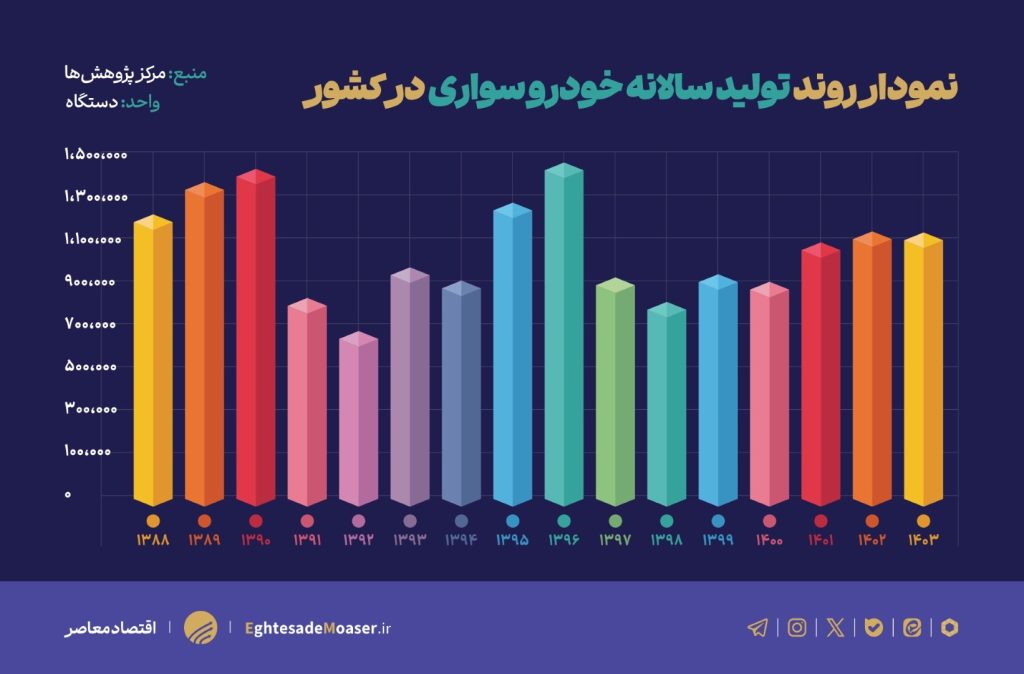
Title: Policy Focus on Auto Industry’s Import Dependency and Currency Allocation
A Shift in Strategy: Assembly Over Production
Iran’s automotive sector, which began its journey with assembly operations decades ago, is once again seeing a dominant model emerge. The current focus, particularly among private automakers in recent years, has shifted significantly towards importing disassembled parts and assembling foreign-brand vehicles, rather than developing a robust domestic brand. This approach has expanded considerably, commanding a substantial portion of the nation’s foreign currency allocations. Analysts point out that this model has not yielded proportional benefits in terms of technology transfer, the development of a sustainable domestic supply chain, or the creation of significant value-added within the country.
In practice, certain tariff and regulatory policies have made vehicle assembly a more immediately profitable venture than full-scale indigenous manufacturing. This framework has, according to recent reports, steered the industry towards a structural dependency on imports, potentially at the expense of long-term innovation and international competitiveness.
The Currency Drain: Billions Allocated for Assembly
This assembly-centric trend carries significant economic implications. The total foreign currency requirement for the entire auto industry reached approximately $7.6 billion in the previous Iranian calendar year (2023). A large share of this was allocated to meet the needs of assembly-focused companies.
A new report from a parliamentary research center details the currency consequences of this expanding assembly activity. The study reveals that just five private automakers received over $3.3 billion in foreign currency allocations in the previous year to produce around 247,000 assembled vehicles. This indicates that the assembly-oriented approach, without leading to substantial technology transfer or sustainable industry development, has become a major channel for foreign currency expenditure. The data shows a notable increase from the year before, when these same companies were allocated about $1.9 billion.
A Concerning Trajectory: Less Output for More Currency
Statistics from the first seven months of the current Iranian year paint an even more complex picture. During this period, the same five companies received a collective $1.748 billion in currency allocations, an increase from the $1.62 billion allocated in the same period the previous year. The critical point of concern is that this increased allocation occurred alongside a decrease in production, which fell from 158,000 units to 148,000 units.
This inverse relationship signifies a sharp rise in the average foreign currency cost per vehicle, highlighting the continued economic incentive for assemblers to rely on imported parts, despite the escalating cost to the national economy.
Structural Incentives and the Path Forward
Experts suggest that the current tariff structure effectively rewards pure assembly over efforts to increase the domestic manufacturing share of vehicles. This system allows assemblers to bypass restrictions on complete vehicle imports with relatively limited investment. This trend not only reinforces the industry’s structural dependence on imports but also heavily skews the trade balance for the sector, posing a challenge to the formation of a competitive, export-oriented automotive industry. The ongoing policy discussion focuses on recalibrating these incentives to better serve the long-term goal of a self-reliant and innovative national industrial base.